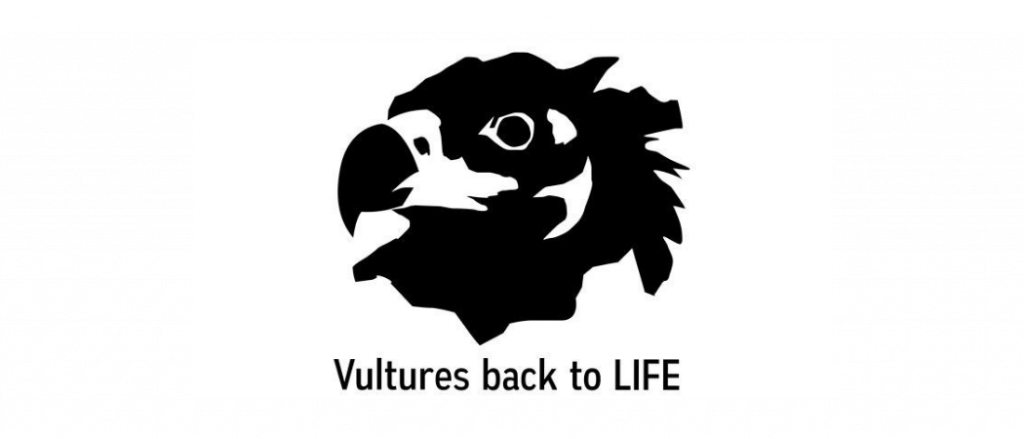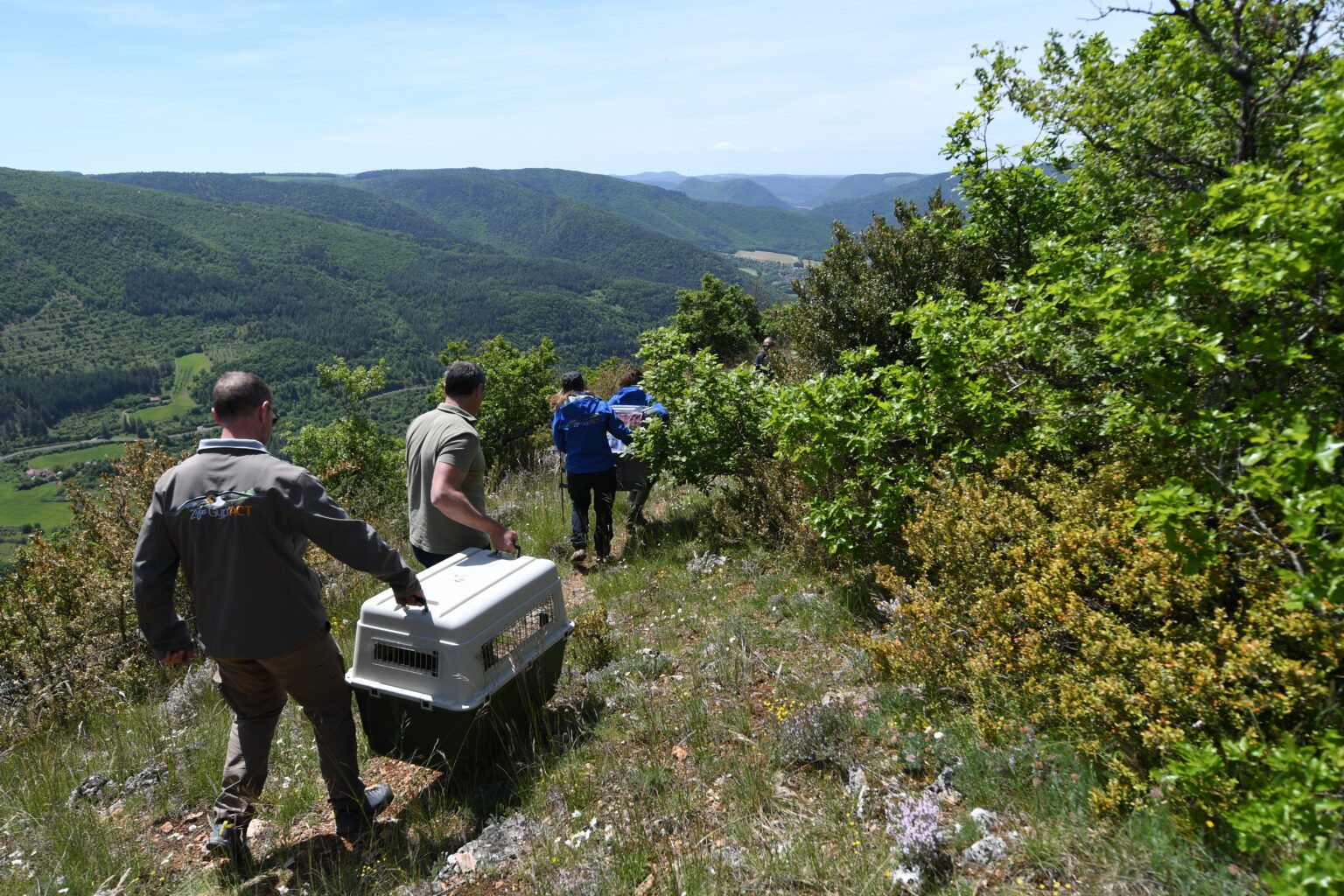The excellent news for the return of the Cinereous Vulture in Bulgaria in 2021 continues. Local conservationists have identified the fifth Cinereous Vulture nest in Bulgaria for this year in Vrachanski Balkan Nature Park.
Discovery of 5th Cinereous Vulture nest in Bulgaria

A field collaborator of the Vultures Back to LIFE project, Georgi Stoyanov from the Society for the Protection of Birds of Prey (SPBP), announced a few days ago the discovery of yet another Cinereous Vulture nest from the reintroduced birds under our Vultures Back to LIFE project, this time in Vrachanski Balkan Nature Park. According to the GPS transmitters of the birds released two years ago, it became clear that they frequently visited a particular place, triggering a field check. The terrain in this part of Vrachanski Balkan is difficult to reach and rarely visited by people as it is very rugged, with steep slopes and cliffs, which apparently proved attractive to the birds. Although challenging, the field team managed to find the nest. The nest has not yet been used for breeding by the birds and was built in the summer of 2021, suggesting the birds are preparing to use it in the new season 2022 when they will reach sexual maturity (4-5 years of age).

Surprisingly, it turned out that they built the nest on the ground in a rocky area rather than on a tree, which is more typical for the species. Historically, in Vrachanski Balkan, a Cinereous Vulture nest on a rock was described by Atanasov in 1932 in the area of Tcherepish. And it seems the area continues to provide suitable habitats for the species today. This is the second nest on the ground out of five found this year in the Balkan Mountains (the only ones known for the country). Of the others, two are on artificial platforms on oak in the Kotel Mountains and one is on a white pine tree in Ponor. Furthermore, this is the first Cinereous Vulture nest in Bulgaria located on the territory of a nature park.
By collecting information on the new territories occupied by the Cinereous Vulture, the project team also obtains data on the preferences of the species for nesting sites and methods, which would be useful for the construction and preparation of artificial nests.
First successful breeding in nearly three decades

As a reminder, for the first time in several decades since the species extinction, the Cinereous Vulture successfully bred again in the Balkan Mountains this year. A reintroduced Cinereous Vulture pair hatched a chick in Bulgaria’s wild in early May, with the young one fledging 145 days later in October.
Large vulture restoration efforts in Bulgaria
Back in 1980, studies by Tanyu Michev and Nikolay Boev showed that the species was no longer breeding in the country. The conservationists then proposed the restoration of Cinereous Vultures by importing birds from abroad and releasing them into the wild in Bulgaria. Although they did not live to see the realisation of the idea, Michev and Boev inspired a generation of environmentalists who worked purposefully to achieve this objective.
The first step was reintroducing the Griffon Vulture in the Kresna Gorge and Stara Planina mountain range in Bulgaria, which became a reality by releasing over 350 Griffon Vultures there, donated by Spain, France and more than 19 zoos in seven countries. To achieve the second step, which is the return of the Cinereous Vulture as a nesting species, the Vultures Back to LIFE project funded by the EU’s LIFE programme and led by the Green Balkans and Fund for Wild Flora and Fauna started in 2015. The first three Cinereous Vultures — all captive-bred — were reintroduced in 2018, and 2019 saw the release of the first birds from Spain – all originating from wildlife rehabilitation centres.
Fast-forward to today, and 66 Cinereous Vultures have been imported to Bulgaria, with 51 released. Most of them come from Spain and reached Bulgaria thanks to the joint efforts of Junta de Extremadura, AMUS and the Vulture Conservation Foundation (VCF). Reintroduction efforts together with conservation actions returned the Cinereous Vulture as a nesting species in Bulgaria, making it the second country in the Balkans after Greece where the species is breeding.
Vultures Back to LIFE

Led by Green Balkans in collaboration with the Fund for Wild Flora and Fauna, Vulture Conservation Foundation, Junta de Extremadura and Euronatur, the Vultures Back to LIFE project aims to reintroduce the Cinereous or Eurasian Black Vulture to Bulgaria. The team will transfer and release into the wild around 60 birds, some coming from captive-breeding backgrounds but mostly from Spanish wildlife rehabilitation centres. The project will also create supplementary feeding stations, increase populations of wild herbivores, improve nesting conditions and tackle some of the major threats to support the return of the species.




